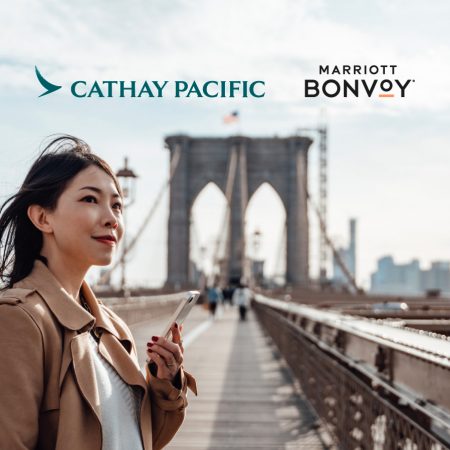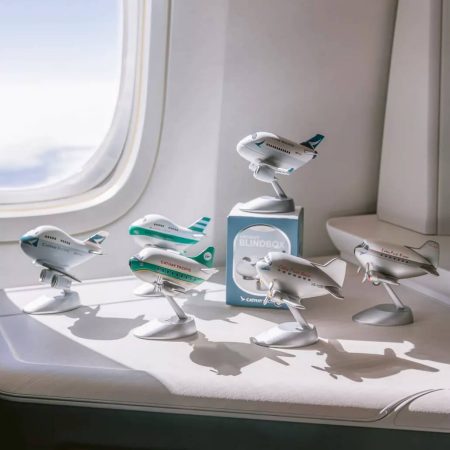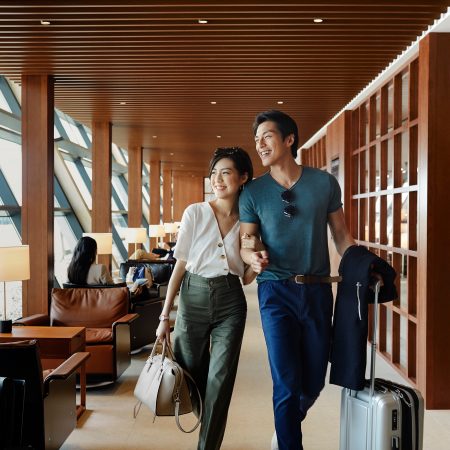For Singapore-based chef Rishi Naleendra, the city-state is a place where you can either spend a couple of dollars or small fortune on a meal. Born and raised in Sri Lanka, he moved to Melbourne to study architecture before eventually settling in Singapore in 2014 to pursue his culinary career. Driven by passion and ambition, he went on to become the first Sri Lankan chef to be awarded a Michelin star for the now-closed Cheek by Jowl.
Today, Naleendra heads several acclaimed restaurants in Singapore, including the Sri Lankan restaurant and bar Kotuwa , the two Michelin-starred Cloudstreet – a progressive diner that fuses Australian, Sri Lankan and European culinary techniques and ingredients – and the casual Station by Kotuwa in the heart of Singapore’s CBD. Here, Naleendra shares his favourite food and drink spots in his adopted city.
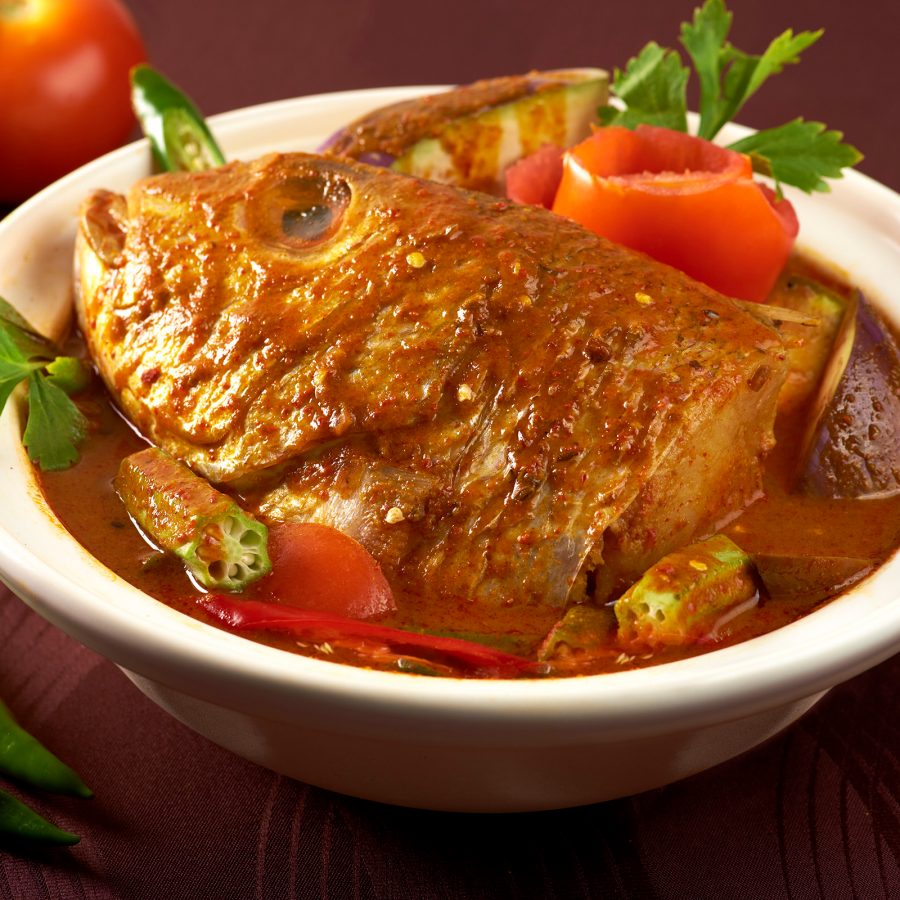
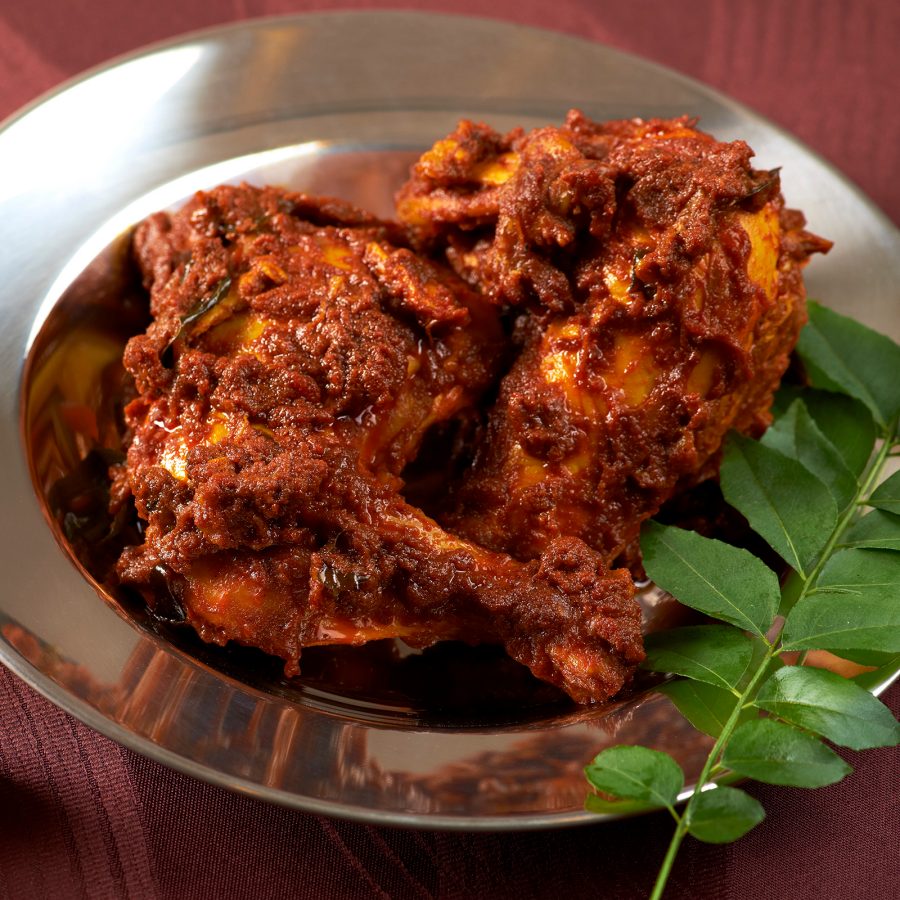
1. Rich flavour: Samy’s Curry
Samy’s Curry is a Singapore institution. It’s been around for over 60 years, and despite rising rents and shifting trends, it’s still going strong. Often busy and always consistent, it was one of the first places I visited after moving here, and my go-to with friends who love spicy food. The fish head curry, biryani or white rice with two vegetable dishes served on banana leaf – plus a generous bucket of papadam (deep-fried black gram flour cracker) – are must-tries. I usually go for the Mysore mutton. It’s incredibly flavourful, and as a Sri Lankan native, it also feels familiar – a true comfort meal.
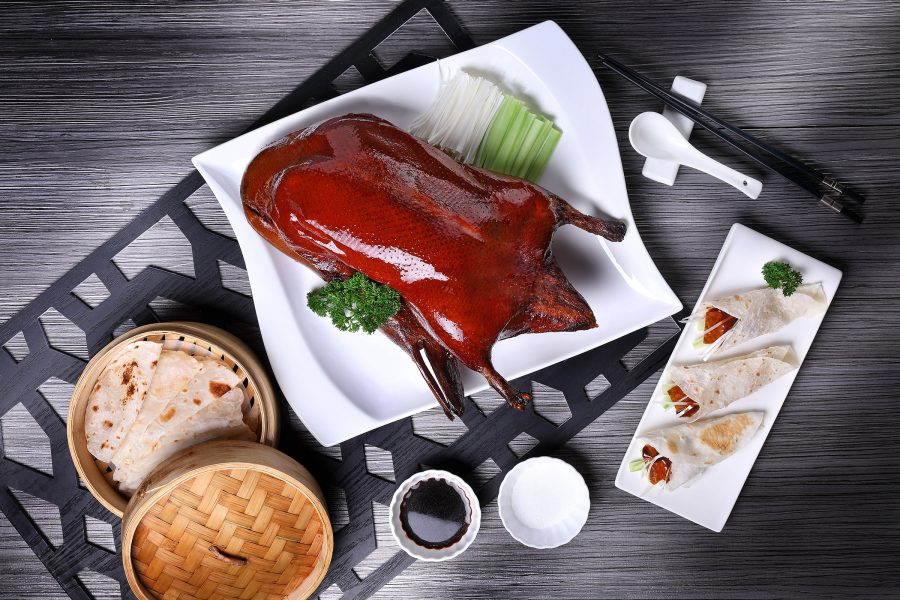

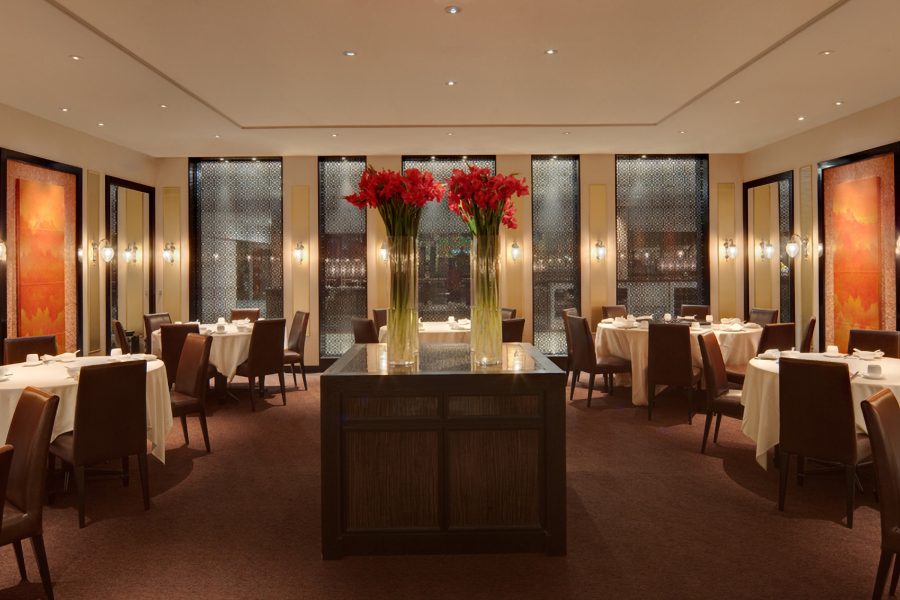
2. Chinese cuisine: Imperial Treasure Super Peking Duck
Imperial Treasure might be the restaurant I’ve eaten at most in Singapore. It’s also another place that I take friends to when they visit from out of town. I love going there because the roasted imperial-era Peking duck is one of the best things I’ve ever tasted. My favourite meal also includes their soup and fried Soon Hock fish with soy sauce and scallions. All the dishes are so rich and satisfying – it’s the kind of food I love to eat.

tang90246/Getty Images

tang90246/Getty Images
3. Comfort food: Tai Wah Pork Noodle
Singapore proves that great taste doesn’t have to come with a high price tag – which makes recommending just one hawker stall tricky. However, Tai Wah Pork Noodle , in Hong Lim Market, is my top pick. The owner’s brother runs another outlet (which some say is even better) but I came to the original outpost when I first landed in Singapore, and I’ve been going there ever since. When I crave a bowl of comforting instant noodles, I picture one with vinegar, chilli and fried sprouts – salty, acidic and spicy. There’s always a queue, but it’s worth the wait.
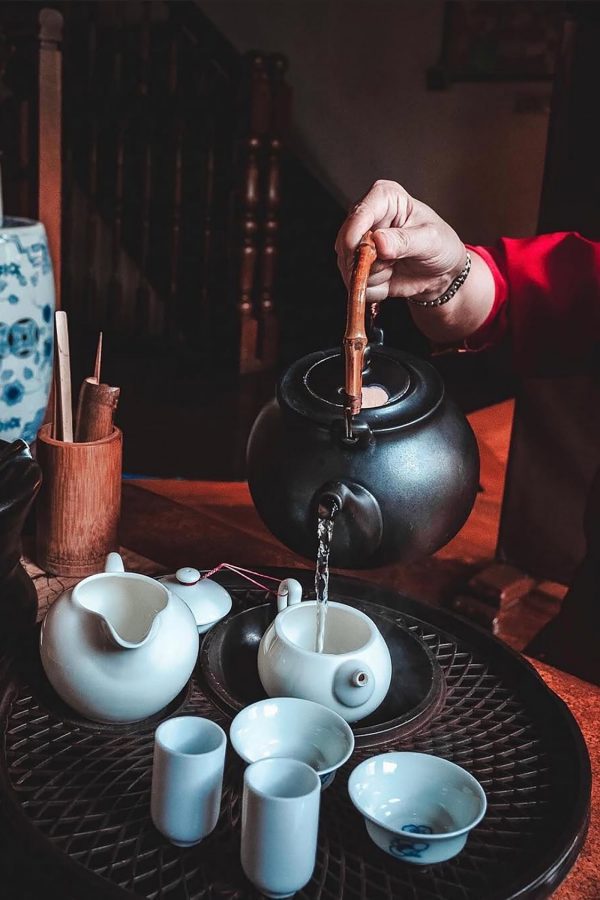
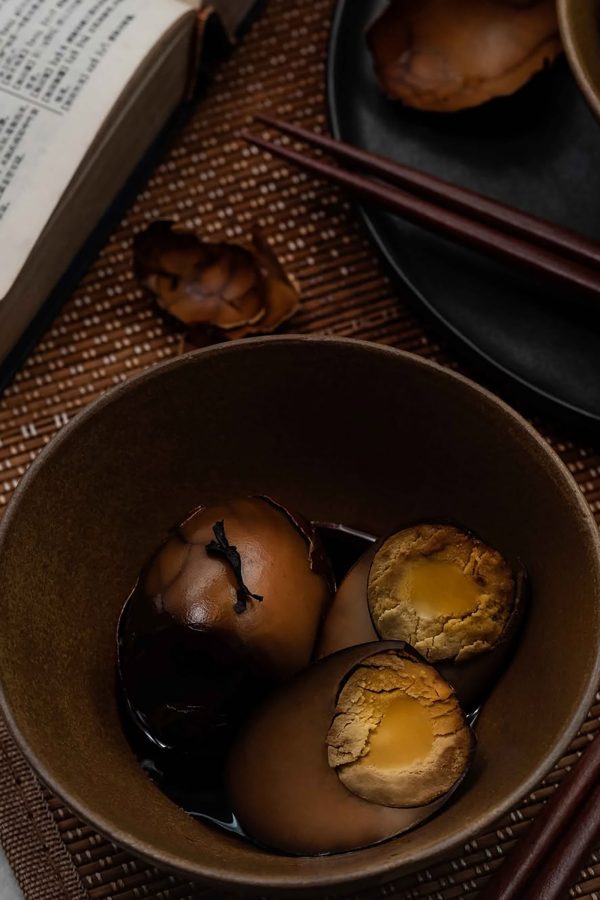
4. Afternoon tea: Tea Chapter
We drink a lot of tea in Sri Lanka, but discovering the high-mountain teas from Taiwan, China and the Chinese Mainland was an eye-opening experience. It’s fascinating how many varieties – white, yellow, red, oolong and green – originate from the same plant, with subtle differences shaped by the fermentation and drying processes. Some teas here are even aged, like a fine wine, and date back to the 1980s. Tea Chapter , Singapore’s oldest tea house, completely transformed how I view tea. Their therapeutic ceremonies, served with dumplings and other small snacks, have since become part of my daily ritual.
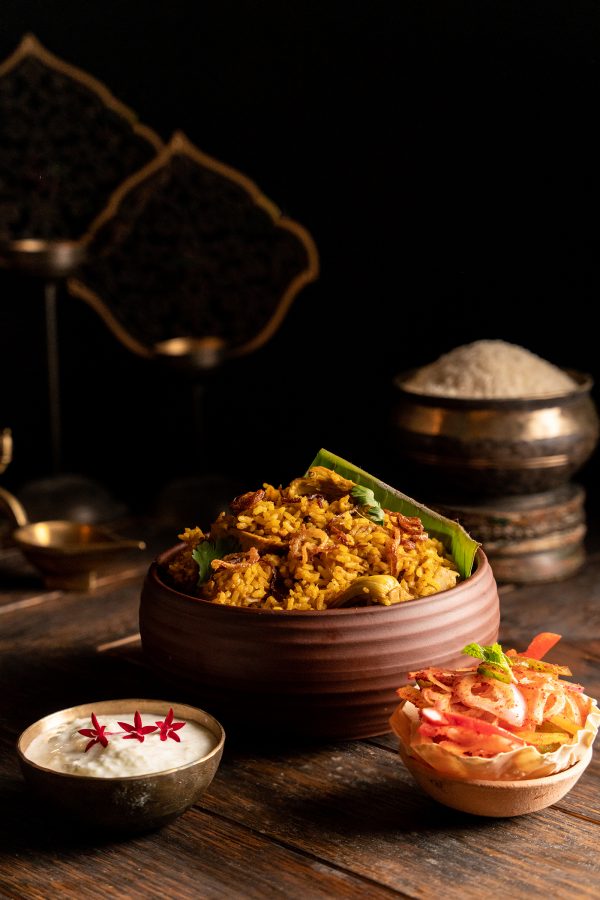

5. Contemporary classics: Podi & Poriyal
This isn’t the South Indian cuisine most non-South Indians are familiar with – it’s home-cooked food inspired by a mother’s own recipe. When I first visited Podi & Poriyal , the owner’s mum was probably over 70, but she’d show up every morning to taste the dishes. They take something familiar and reimagine it, with a rotating vegetarian menu – like layered parotta with banana-leaf gravy and jackfruit biryani served with a tangy raw mango and baby potato curry – so you’re always in for a pleasant surprise. They serve a seriously good cup of tea, too.

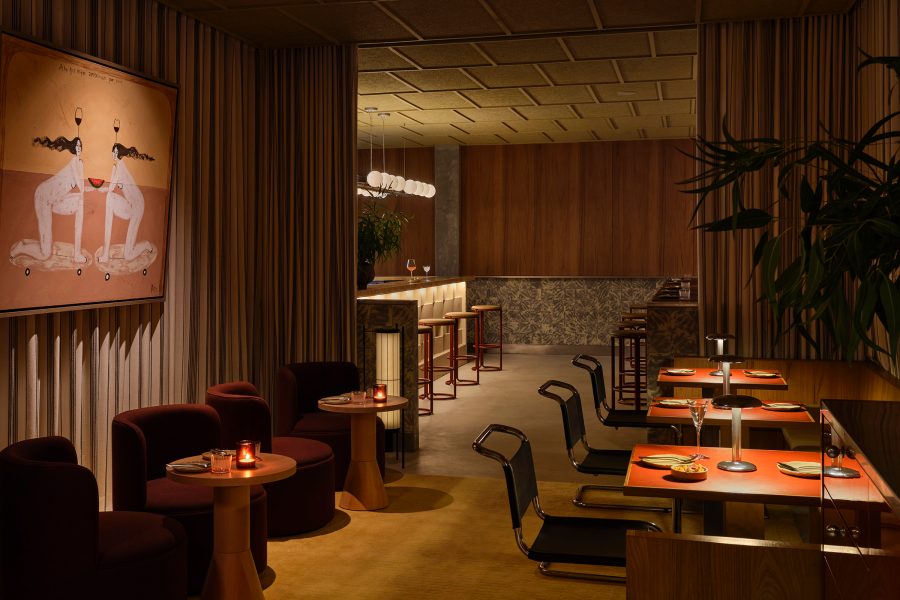

6. Evening tipple: Bar Bon Funk
You can’t come to Singapore without hitting a bar or two in the evening. Lately, I’ve been frequenting chef Keirin Buck’s Bar Bon Funk , which is next door to Kotuwa. I’ll head there after a late shift at the restaurant, grab a Negroni and a baloney sandwich with dill pickle and homemade sausage, and soak up the good music. The sound system here is genuinely epic.
More inspiration
Singapore travel information
- China – the Chinese Mainland, Hong Kong SAR, Macao SAR and Taiwan Region
- Hong Kong SAR - English
- Chinese Mainland (China) - English
- Taiwan, China - English
- 香港特別行政區 - 繁體中文
- 中国內地 - 简体中文
- 中國台灣 - 繁體中文
- Africa
- South Africa - English
- Asia
- Bangladesh - English
- Korea - English
- Singapore - English
- Cambodia - English
- 한국 - 한국어
- Sri Lanka - English
- India - English
- Malaysia - English
- Thailand - English
- Indonesia - English
- Maldives - English
- ประเทศไทย - ภาษาไทย
- Indonesia - Bahasa Indonesia
- Myanmar - English
- Vietnam - English
- Japan - English
- Nepal - English
- Việt Nam - tiếng Việt
- 日本 - 日本語
- Philippines - English
- Australasia
- Australia - English
- New Zealand - English
